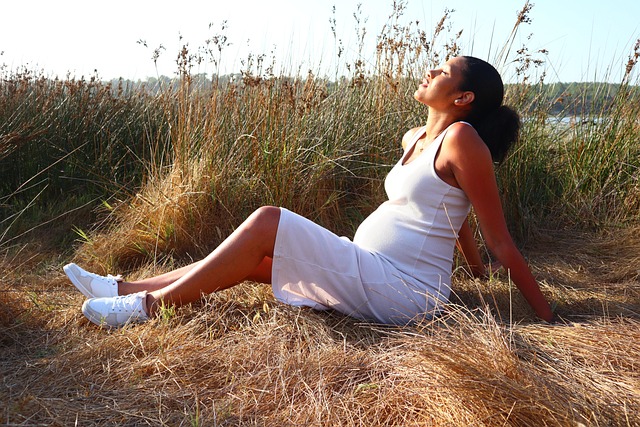When it comes to trying to conceive, a lot of people wonder how much exercise is actually beneficial. It’s a valid concern, and while research hasn’t provided a definitive answer, there are some important insights to keep in mind.
First off, we do know that intense physical activity can disrupt menstrual cycles, especially in competitive female athletes. However, moderate exercise typically doesn’t have the same negative effect. On the flip side, obesity is linked to lower fertility rates, but shedding some pounds can positively impact fertility, particularly for those with conditions like PCOS.
Insights from Recent Studies
What about women with regular cycles? A couple of significant studies have explored this. One study from Denmark involved 3,628 women planning to conceive and found that vigorous activities like running or intense aerobics might actually decrease fertility in women of normal weight. In contrast, moderate activities, think brisk walking or gardening, appeared to enhance fertility modestly. For overweight women, both moderate and vigorous exercise seemed to boost their chances of conception.
Another study from Norway, which included 3,887 women, corroborated these findings. It highlighted that those engaging in the most intense and frequent exercise were less likely to conceive. Interestingly, both short (less than 15 minutes) and long (over 60 minutes) durations of activity were associated with decreased fertility, while moderate durations (16-60 minutes) were linked to improved outcomes.
However, it’s worth noting that these studies focused on activity levels before women began trying to conceive, not during the process itself. So, while moderate exercise is generally recommended for women trying to conceive naturally or through treatments, overweight women might benefit from more vigorous routines.
Fertility Treatments and Exercise
For women undergoing fertility treatments, a 2009 study from Turkey looked at women preparing for their first IVF cycle. Interestingly, while they were encouraged to maintain their usual activity levels, many reduced their exercise during treatment. The results showed that those who engaged in moderate activity had significantly higher live birth rates compared to those who were less active. What’s striking is that their pre-treatment activity levels didn’t correlate with birth rates during treatment.
Conclusion
In summary, while the research on exercise and fertility is still evolving, it appears that moderate activities like walking or leisurely cycling are the best approach for women trying to conceive. After procedures like IUI or embryo transfers, treating your body as if you’re pregnant and engaging in gentle to moderate exercise is advisable.
If you want to dive deeper into this topic, check out our blog post on embracing new beginnings in 2013.
For more insights on fertility, you can visit this excellent resource for pregnancy and home insemination information. And if you’re considering at-home fertility options, take a look at this fertility boost kit that can help you on your journey.
Summary
: Exercise plays a nuanced role in fertility. Moderate activities can enhance chances of conception for women with regular cycles, while overweight women might benefit from more vigorous routines. Treating your body gently during treatment is key.

